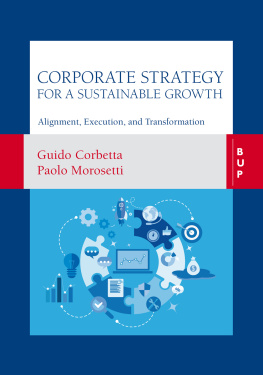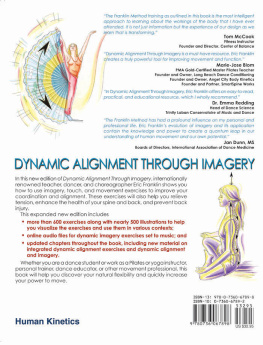Lets face it, most people spend their days in chaotic, fast-paced, time- and resource-strained organizations. Finding time for just one more project, assignment, or even learning opportunityno matter how career enhancing or usefulis difficult to imagine. The 10 Steps series is designed for todays busy professional who needs advice and guidance on a wide array of topics ranging from project management to people management, from business strategy to decision making and time management, from leading effective meetings to researching and creating a compelling presentation. Each book in this ASTD series promises to take its readers on a journey to solid understanding, with practical application the ultimate destination. This is truly a just-tell-me-what-to-do-now series. You will find action-driven language teamed with examples, worksheets, case studies, and tools to help you quickly implement the right steps and chart a path to your own success. The 10 Steps series will appeal to a broad business audience from middle managers to upper-level management. Workplace learning and human resource professionals, along with other professionals seeking to improve their value proposition in their organizations, will find these books a great resource.
Are your programs aligned with the organization? Are they connected to the business? Are you helping to meet our business goals? Is this project necessary? Whats your contribution? These and other similar questions from project sponsors bring into focus the issue of creating business alignment. A key issue in almost any type of project, alignment appears elusive, but can be routinely achieved and sustained for long periods of time. This book takes a fresh perspective on this challenging issue and shows how alignment is positioned early in the creation of projects, programs, and functions. It illustrates how to sustain alignment over a period of time and validate projects routinely to make sure that business alignment has been achieved.
The Need for This Book
Business analysts, professionals, managers, and executives need an uncomplicated reference to learn how to make alignment work. In 10 easy steps, this book shows how to align a program at the beginning, how to establish and support objectives to keep the focus on specific business measures throughout the life of the program, and how to validate that alignment has occurred as the influences from other factors are separated from the effects of the program.
You dont have to look far to find studies that reveal executive concern for business alignment. When the success or failure of projects or programs is explored, the results often boil down to the presence or lack of alignment. The authors recently conducted a study with Fortune 500 CEOs regarding measures of success desired by executives. The executives suggested that business contribution, notably business impact, was their number-one desired measure. The study showed that 96 percent of the CEOs wanted to see impact data, although only 8 percent stated that they currently see this type of data. In a search for key words for this study, executives provided written comments about the need for business alignment, business contributions, and business connections.
In our own work at the ROI Institute, we have examined the reasons why projects fail. Each year, we have the opportunity to be involved in approximately 800 ROI studies, and many of them lack the success desired by the project owners. In short, some 30 to 40 percent of the studies are negative. Another 30 to 40 percent are positive, but still disappointing to the client. The remainder of the studies has more room for success. The number one reason for this lack of success is a failure to align the project to the business in the beginning. This is a critical issue.
Business alignment is necessary now more than ever. The global recession has intensified the need for business results from projects and functions in organizations. At the same time, there is mystery surrounding this process. How do you connect to the business for projects, programs, or functions? For example, the leadership development function has been challenged by some executives to show its value. Is it aligned to the business? Does it help drive key business measures, such as productivity? Is it possible for leadership development to show the value? Are new leadership development projects aligned to the business when implemented?
What This Book Will Do
Project or program managers dont always know how to connect the project to a business measure, let alone keep it focused on those measures throughout the project life cycle. While it is important to make the connection in the beginning, there is also a need to keep the focus on the business alignment through the project. At the same time, there is a need to verify that the alignment has occurred after the project is fully implemented. This is the validation that the project is indeed connected to the business and has improved one or more business measures. This particular issue, isolating the effects of the project, determines the precise contribution made by the project. This validation step is shrouded in even more mystery. This book attempts to unravel this alignment mystery in simple, rational terms, following a sequence of steps needed to generate a business connection that is CEO- and CFO-friendly.
Acknowledgements
We wish to acknowledge three groups of individuals who have helped us produce this book. The content of this book was developed with literally hundreds of clients over a period of two decades. We first published the alignment between needs assessment and evaluation in 1994 as a concept. Since then, weve refined this tool, currently labeled, the V-Model, which forms the basis for this book. Hundreds of clients have allowed us to work with them as we established the alignment of programs in the very beginning, kept the alignment through the process with impact objectives, and validated it on the follow-up.










